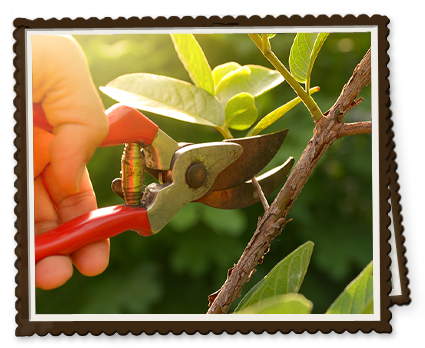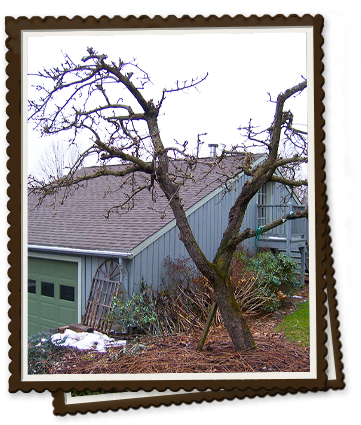
Seeds of Change
Pruning
Summer Pruning
So, pruning does not happen just in the winter months. Actually, you can prune some plants and most trees all year round. However, it is important to determine which plants bloom on “old wood” the growth of the year before, and which bloom on “new wood,” the growth of the current year. Plants that bloom on “old wood” need to be pruned after flowering in late Spring or early Summer, so they can set buds on the remainder. If you prune them in the Fall or Winter, you will cut off your spring flowers!
Lilacs, Viburnum, Forsythia, Spirea, Azaleas, Rhododendron, and blue or pink Hydrangeas bloom on old wood. For Lilacs and Viburnum, you should periodically remove the oldest trunks and allow new ones to grow. Also, these bushes flower on the terminal ends, so keep them shorter if you want to enjoy the flowers!
Try and not prune Forsythia into balls. They make a prettier hedge if their branches are allowed to arch, and you will get lots more flowers. The same with Spirea. Azaleas and Rhododendron just need dead and broken branches removed, and then after flowering can be judiciously cut back to contain their size if required. Blue and Pink hydrangeas should also be cut back after flowering. Unfortunately, late frost in this area in the last several years has killed a lot of the buds on these plants if they are planted in unprotected places.
The white hydrangeas (including “tree” hydrangeas) that bloom in the Fall and turn a rosy pink just before frost, bloom on new wood. You can prune these in the late Fall and Winter, along with your fruit trees. Fruit trees also bloom on old wood, but the purpose of pruning here, other then shaping them, is to remove enough wood and buds as to force the tree to produce larger fruit rather than a lot of leaves. Ornamental fruit trees, like flowering plum, can be pruned anytime to enhance their shape and keep them in bounds. It is important to remove interfering branches that grow inwards, upright suckers that are shooting for the moon, and diseased or broken branches.
Evergreens like pines, can kept in check in the spring by breaking in half the new growth “candles.” Otherwise I choose to prune these plants in the Fall and Winter so the new Spring growth fills them in.

Winter Pruning 101
For those of you yearning to do something agricultural, the dormant time of January and February are tree and bush pruning months. Pruning is a satisfying artistic, creative, endeavor as you pleasantly shape your trees and plants. Furthermore, for fruit trees, pruning is important to remove dead, damaged, or interfering branches, shorten things up a bit to make the branches weight-bearing, and remove suckers (exuberant upright growth) which if allowed to remain, will push the tree into making leaves instead of flowers and fruit. Ornamental trees such as crab apples also benefit from pruning, as does any tree that you want to keep from being over-sized. New growth will cover up cut ends in the Spring.
You can prune bushes, too, so your foundation plantings don’t overtake your house. With many bushes, particularly lilac, quince and viburnum, it’s wise to periodically remove the oldest wood to leave room for newer, healthier sprouts to maintain the livelihood of the plant.
For the job you will need a hand pruner, both medium and longer handled bypass loppers, a pole pruner, a pruning saw for bigger diameter stuff, and for fruit trees, a pruning ladder. I happen to like the Fiskars brand of pruners but there are lots out there!
